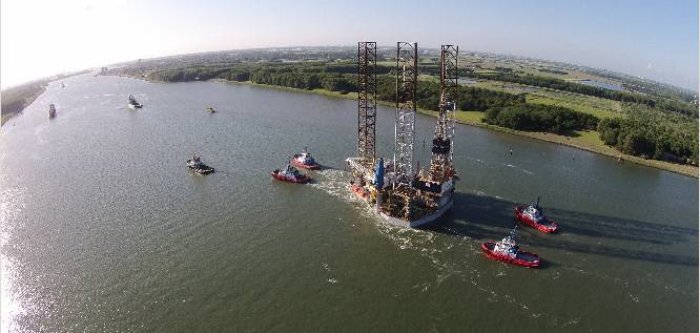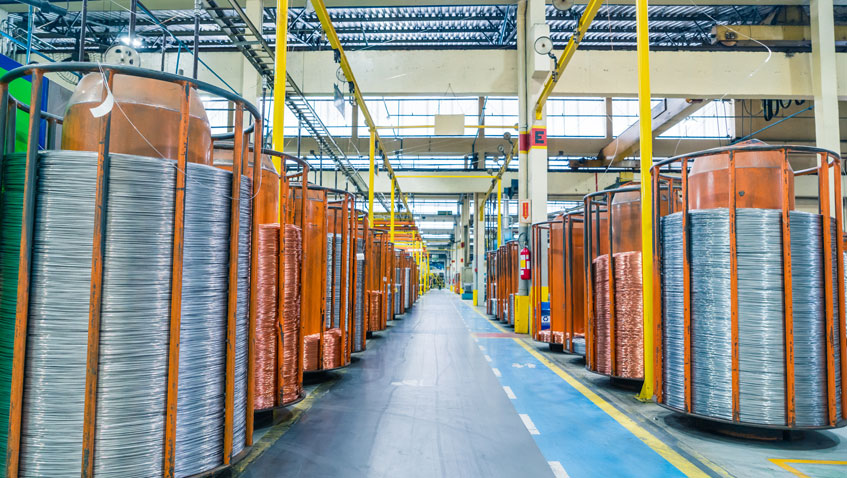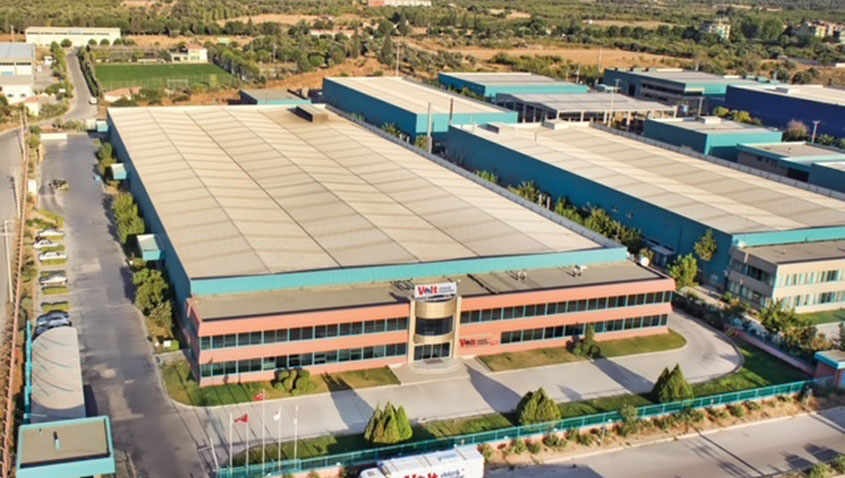
A jackup rig is a type of self-elevating mobile platform consisting of a number of movable legs, which are designed to raise the hull over the surface of the sea. A buoyant hull transports the rig and all attached machinery to a desired location, where the legs are lowered and anchored to the sea bed and the hull is raised to the required elevation above the sea surface.
Putting a jackup rig into place is an extremely delicate operation and even minor jacking-system failures can lead to structural collapse [1]. Thus, it is vital to ensure that the motors responsible for driving the rig’s legs are highly reliable and able to withstand significant loads without any variations in current.
This challenge adds to the aggressive environmental conditions in which jackup oil rigs like Paragon’s B391 operate. With the most easily accessed oil fields becoming exhausted, offshore operators are now moving towards new fields – often in deeper waters and under higher temperatures and pressures [2] - where essential equipment such as electric motors are put to the test.
In addition, with oil prices down to a minimum there is a need for offshore companies to operate as efficiently as possible and keep running costs down. So, it comes as no surprise that companies like Paragon are looking at replacing older equipment with sturdier, more energy efficient, reliable and durable equipment, which can ensure a long service life even in the most aggressive environmental conditions.
Yet, to bring costly downtimes to a minimum, ensuring quick replacement operations is also top of the agenda. With this in mind, when it came to replacing the motors driving the three 110 metre long jackup legs of its B391 rig – which is designed to reach drilling depths of 20,000 feet (6,000 metres) – Paragon decided to partner with WEG.
“The electrical equipment of the B391 rig is mainly US-made and built to National Electrical Manufacturers’ Association (NEMA) standards. Thus, to replace our old equipment as quickly as possible, we needed the support of a global manufacturer with a stock of NEMA motors close to our European facility in the Netherlands,” comments Duncan Smith, Electrical Superintendent at Paragon Offshore. “Having previously worked with WEG, we were fully aware of the company’s global presence and excellent customer service. With this in mind, we chose WEG for its unique ability to supply us with equipment to our specifications in a limited amount of time, which enabled us to keep our downtimes to a minimum.”
To ensure that all specifications were met, WEG inspected the old motor equipment in its workshop facilities in Belgium while the rig was docked in the Keppel Verolme dry dock in the Netherlands. Ensuring that all 58 motors had the same characteristics – in terms of torque and performance – was one of the key challenges that WEG was faced with.
“The jackup process is absolutely critical and if motors don’t run at the same speed allowing for variations in current or – even worse – one of the motors fails, the rig can tilt with catastrophic results,” explains Ademar Welter Júnior, Sales & Project Engineer, WEG Netherlands. “Thanks to experience in developing solutions for oil & gas and marine applications worldwide, we were able to supply Paragon with 58 identical W22 NEMA motors – 18 for each leg and four spare – with the exact same torque and performance characteristics. These motors have been designed to offer enhanced reliability and withstand the rig’s load with no variations in current, thus ensuring a smooth jackup process.”
A compact and sturdy cast iron three-phase motor, the W22 meets the requirements of the most demanding applications. Its innovative stainless steel tubular cooling system provides optimal air flow and delivers maximum cooling capacity in the stator, rotor, and critical components such as bearings, ensuring enhanced reliability and energy efficiency up to IE4 levels. Hot spots are also avoided by ensuring uniform temperature distribution in the entire frame, therefore offering highly reliable performance over a long service life.
Additionally, to ensure a long life span in the adverse North Sea environment, WEG adapted its W22 motors to include special features for use in marine applications. The motors were equipped with an exclusive bearing sealing system to extend lifetime even in aggressive marine environments. Stainless steel and special painting were also used to provide enhanced corrosion resistance.
Thanks to WEG’s support, Paragon Offshore has now successfully placed the B391 rig in the North Sea off the Humberside’s coast (UK). “WEG’s W22 motors are sturdy and reliable and have enabled us to ensure safe jackup operations. We’re expecting long service life and low maintenance costs,” comments Duncan. “With a flexible team, facilities across Europe and a viable stock of spare parts, WEG is ideally positioned to provide Paragon Offshore with that responsive and dedicated support that the company requires.”
For more information on WEG visit www.weg.net/ae. For more information about Paragon Offshore visit www.paragonoffshore.com.
[1] http://www.hse.gov.uk/foi/internalops/hid_circs/technical_osd/spc_tech_osd_21.htm


